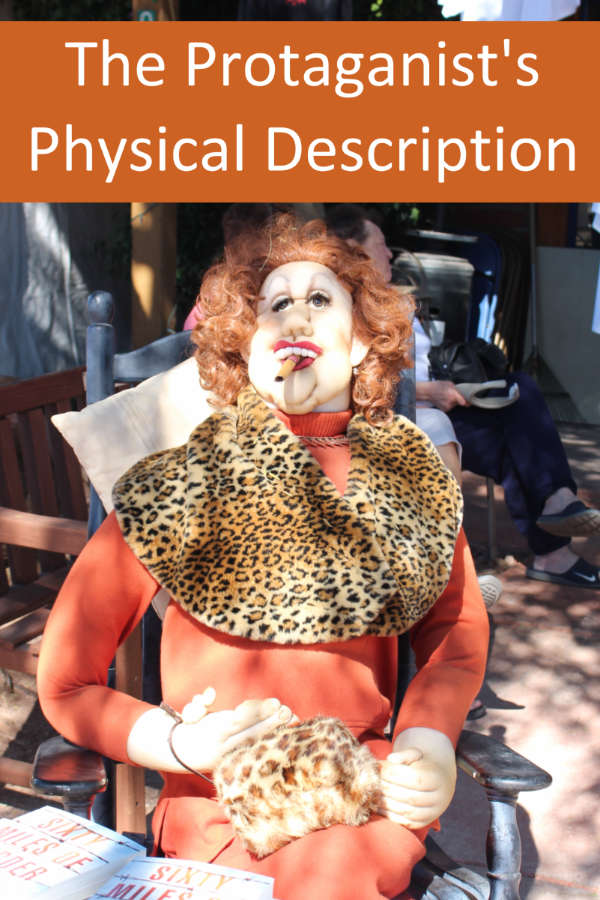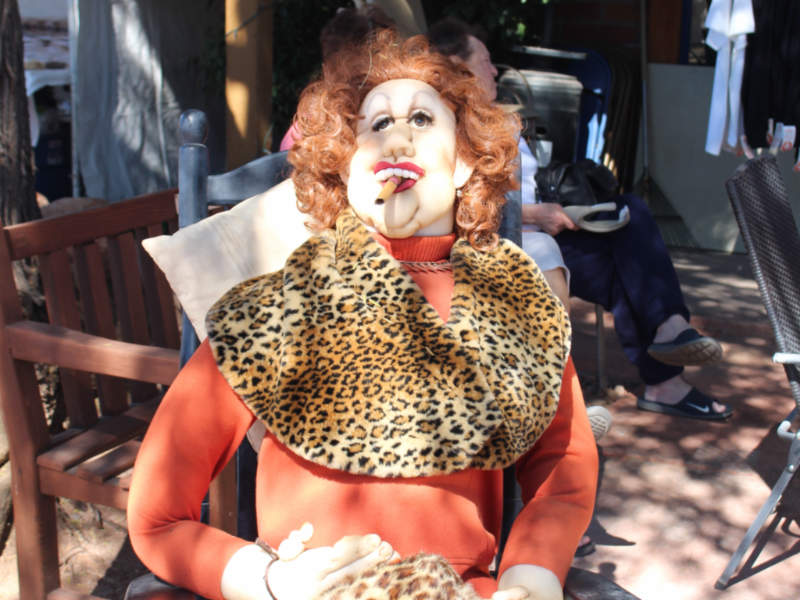Have you ever watched a movie adapted from a book and felt the main character, or perhaps a supporting character, didn’t look at all like he or she should? Sometimes movie makers cast people in roles who look quite different from how an author described the characters in the book. Other times the appearance may not overtly vary from anything described in the book, but it is different than the mental image created while reading the story.
That leads me to another question. When you read a book or short story, do you like to find a detailed description of the protagonist’s physical appearance or do you prefer to develop your own image over the course of the story?
The small writing group I belong to is divided on this subject. When critiquing a story, one member might say, “I can’t get a picture of this person. What does she look like?” Another might say, “I don’t need her physical appearance described. I need to know what she feels and how she acts.”
During a writing workshop he delivered, author Giles Blunt said major characters often don’t need physical description. Reactions are more important. Minor characters can be described more vividly. He went on to caution about how vividly minor characters are depicted. One vivid item is good, five is probably too many. You don’t want the main character upstaged.
At a different workshop, author Steven Heighton said a physical characteristic needs to be significant to mention it, either something unusual or significant to the story. Consider physical quirks, gestures, and posture. He finds describing something a character chooses, such as attire, to be more interesting as it provides greater insight into the character.
In a conversation with my brother-in-law about an author we’d both read, he commented that there was too much verbiage about what the protagonist wore. I hadn’t noticed this, so it appears the attire descriptions didn’t affect me the same way.
Whatever your feelings about how much of a character’s physical appearance should be spelled out by the writer, there are times when those characteristics are important to the story and the reader needs to be aware of them. For example, size, stature, and strength matter if the protagonist will need to survive a scene through use of his or her physical capabilities.
However little or much information about appearance is provided, the way in which it is conveyed is important. Paragraphs describing how someone looks can slow the story down. In Carol Shield’s book The Stone Angel we get a description of the protagonist’s mother’s physical appearance in the first few pages. The description is beautifully woven into other information about the mother (she likes to eat) and the setting (a hot July afternoon in Manitoba). In a paragraph talking about her mother’s worry over her health, we find this sentence: “One day she’s persuaded her liver’s acting up, and the next day her kidneys – she’s only thirty years old, but kidney trouble can start early in life, especially for someone of my mother’s unorthodox size.”
If explicit physical descriptions are used, they need to occur relatively early in the story. Imagine getting to the final quarter of a book imaging the protagonist as a thirty-year-old, blonde, brown-eyed, tall man and coming across a description of him as a middle-aged, dark-haired, blue-eyed man with permanently hunched shoulders.
Since the discussion in my writing group, I’ve paid more specific attention to character’s physical descriptions when I read. I’ve found that I generally don’t need a lot of explicit description about what they look if a strong sense of the character comes through in the writing. Other times, little bits of description help.
How explicitly do you like a character’s looks to be described?
PIN IT
(Note: a previous version of this post was originally published on Destinations Detours and Dreams.)

I’m always a fan of economical detail that packs a wallop. I guess I at least like the basics with them being general enough for me to fill in my own blanks. I really get annoyed when a character’s appearance is revealed by a glance in the mirror.